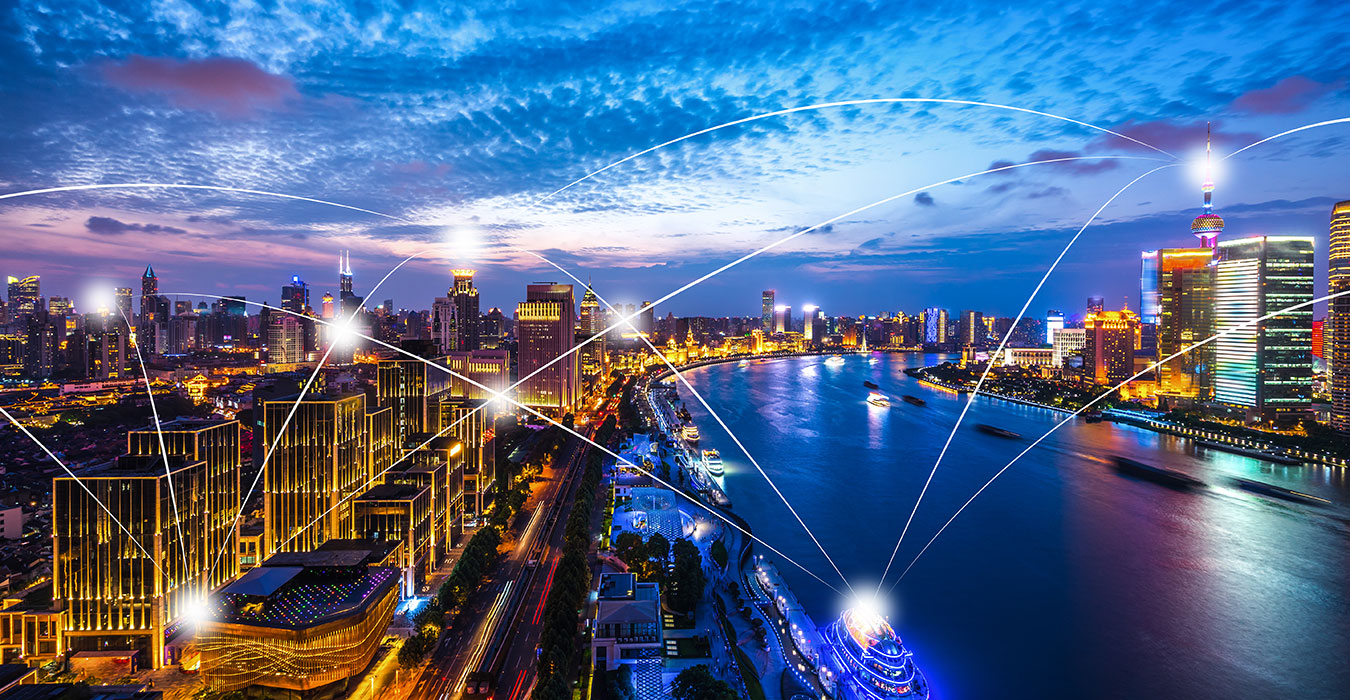The globe is getting into a brand new era of city improvement—one pushed by innovation, data, and sustainability. Smart towns are not just a futuristic idea anymore; they may be a practical option to the demanding situations of speedy urbanization. By integrating advanced technologies consisting of the Internet of Things (IoT), artificial intelligence, and digital infrastructure, cities are getting more linked, efficient, and environmentally aware.
But in the back of these technological marvels lies one enterprise that performs a critical function in turning vision into fact—the development region. Construction these days isn’t always pretty much bricks and urban; it’s approximately growing, residing ecosystems wherein generation, design, and sustainability work hand in hand.
The Intersection of Technology and Urban Infrastructure
Modern creation in smart cities revolves around interconnected systems designed to enhance city living. From automatic lights and energy systems to real-time site visitor tracking, clever technologies are reshaping how cities function. For example, Singapore makes use of a nationwide community of sensors to optimize energy use, whilst Dubai’s “Smart Dubai” initiative specializes in remodeling infrastructure through information-driven decision-making.
This merging of technology with physical infrastructure permits cities to anticipate needs, reduce waste, and improve the universal standard of living. The production enterprise, in turn, has to evolve—adopting new materials, smarter undertaking management tools, and sustainable practices to meet the developing expectations of urban innovation.
Redefining Construction Practices in Smart Cities
In the context of smart towns, creation is not just about constructing systems—it’s about building intelligence into every layer of a mission. Digital modeling tools, drones, and automatic machinery now enable groups to lay out with precision, decrease human errors, and speed up project timelines.
A frequently left out component of this alteration is how initiatives supply and manage substances and sources. Strategic sourcing, green logistics, and sustainable procurement play a large role in making sure that tasks are cost-effective and environmentally accountable. This is where services like industrial energy procurement services contribute immensely, assisting builders and contractors to find the maximum electricity-efficient solutions for contemporary construction tasks. These services ensure that electricity consumption aligns with sustainability desires, lowering operational expenses and environmental impact.
Sustainable Materials and Energy-Efficient Designs
Sustainability lies on the coronary heart of clever town improvement. The shift closer to eco-friendly materials and renewable strength assets has redefined how modern structures are designed and built. Innovations consisting of solar-incorporated glass, self-recovery concrete, and recycled metal have grown to be enterprise standards in choice to exceptions.
Energy-green designs now not only most effectively lessen carbon footprints but also additionally create long-term fees. Buildings ready with smart structures can adjust lights, heating, and cooling based on occupancy, considerably decreasing waste. These green innovations shape the spine of a city’s potential to meet its sustainability targets even while making sure of livable, resilient environments for future generations.
The Role of Data in Construction Efficiency
Data is the silent engine driving production performance in clever towns. Through Building Information Modelling (BIM) and virtual twins, engineers can simulate and optimize every segment of a challenge before an unmarried basis is laid. This predictive strength lets in for picking out ability bottlenecks, lessening price overruns, and making sure there is smoother collaboration among architects, contractors, and town planners.
By leveraging fact analytics, construction teams can make informed choices on cloth use, scheduling, and renovation. Once a production is finished, data continues to play a role in monitoring performance and guiding upgrades, making introduction an ongoing technique of evolution in preference to a one-time event.
Enhancing Worker Safety and Productivity
The human element stays vital in production, while automation takes center stage. Smart cities call for more secure, greener venture websites—and the technology is developing to fulfill that mission. Wearable gadgets, AI-driven monitoring systems, and drones now single out online situations in real time, ensuring that protection protocols are followed and dangers are minimized.
Additionally, smart tools and robotics are taking up repetitive or risky tasks, allowing employees to pay attention to higher-cost activities that require creativity and know-how. Collaboration with FF&E procurement services has also brought new requirements in layout coordination and place of business ergonomics, enhancing comfort and productivity within construction environments. This synergy between technology and human-focused layout guarantees that protection and efficiency coexist harmoniously in each challenge.
Challenges in Building Smart Cities
Despite the progress, building smart cities comes with unique demanding situations. The integration of superior technology requires extensive investment, in addition to skilled hard work capable of managing complex systems. Cybersecurity will additionally become a developing problem when city infrastructure is predicated heavily on interconnected networks.
Moreover, regulatory frameworks often conflict to keep pace with technological advancement, leading to delays and inefficiencies. However, the industry is adapting—via schooling applications, pass-area partnerships, and progressive financing fashions that make large-scale smart infrastructure initiatives more feasible and secure.
The Future Outlook – Where Innovation Meets Urban Living
As the era continues to evolve, the future of smart cities seems increasingly dynamic and collaborative. The subsequent generation of city spaces could be defined via 5G connectivity, autonomous cars, AI-powered utilities, and renewable energy. Construction corporations at the moment are anticipated to not only construct structures but also increase ecosystems that help virtual existence.
With every innovation, the gap between bodily and digital keeps getting slimmer. Smart homes that speak with town infrastructure, self-sustaining neighborhoods powered with the aid of renewable electricity, and adaptive city layouts will quickly come to be more the norm rather than the exception.
Conclusion – Building Tomorrow’s Cities Today
The evolution of smart towns is reshaping the construction organization in profound ways. Technology, statistics, and sustainability have converged to redefine how towns are designed, constructed, and maintained. Construction specialists now have the opportunity—and obligation—to steer this modification via innovation and strategic foresight.
From efficient procurement structures to sensible energy control, each advancement brings us in the direction of towns that are not just smarter but also greener and more livable. The production zone stands at the heart of this modification, ensuring that the following day’s towns are not just imagined but constructed—efficiently, sustainably, and intelligently.



